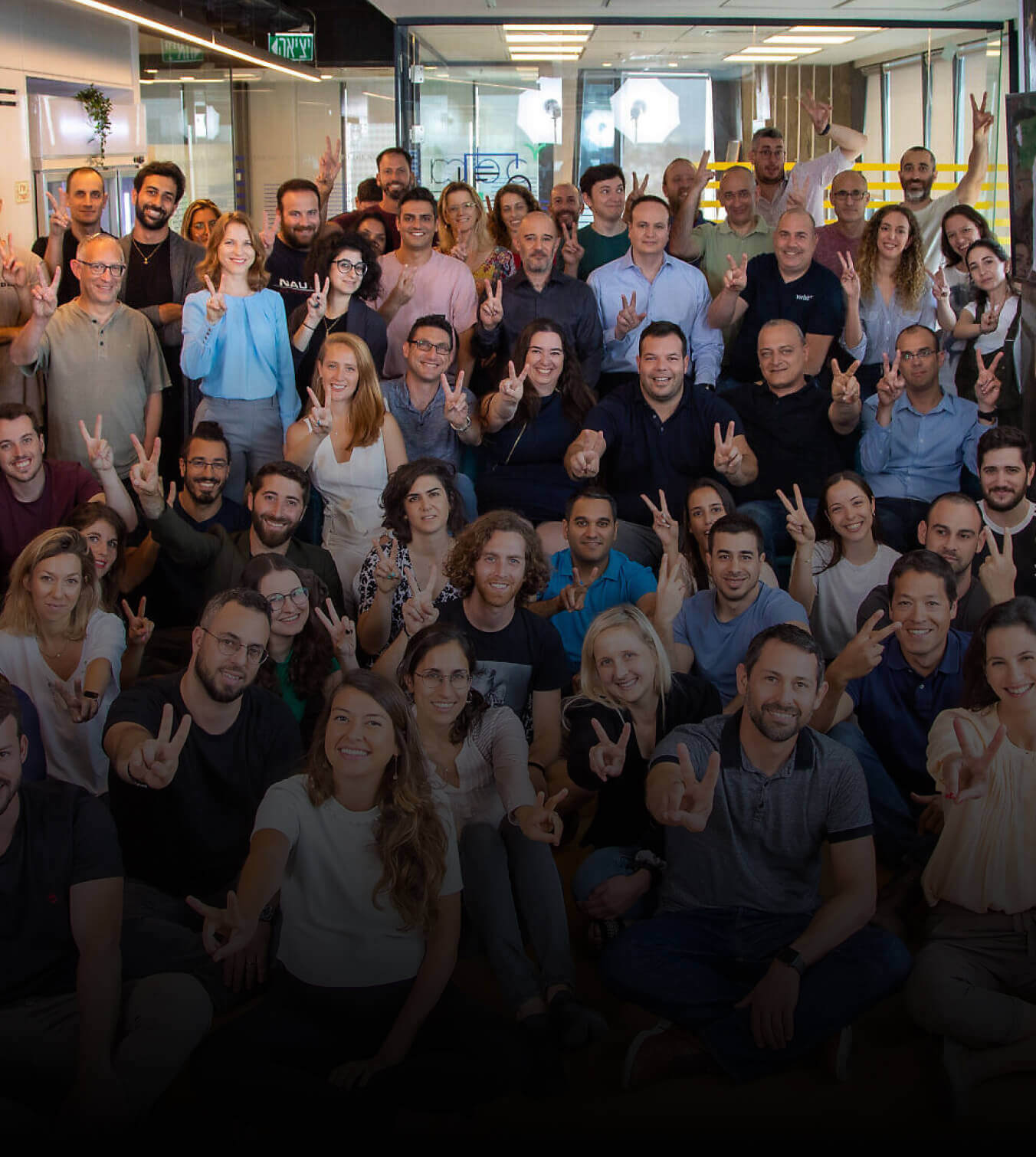The terms “AI” & “Machine Learning” are frequently interchanged, but they are not identical. The field of AI can be convoluted, leading to the two terms being used interchangeably. Nonetheless, there are discernible distinctions. Simply put, Machine Learning is a constituent of Artificial Intelligence. To grasp the concept of Machine Learning, comprehending the extent of Artificial Intelligence is crucial. Understanding the pros & cons, in conjunction with its functions, will aid in discerning the potency of Machine Learning & how it impacts industries worldwide.

Artificial Intelligence
Artificial Intelligence, or AI, encompasses the development of intelligent computing systems with the ability to think & act like humans. From voice assistants such as Siri and Alexa to self-driving cars and more advanced applications, AI is revolutionizing the way we live and work. There are two distinct categories within the field of AI: General AI, which seeks to emulate human cognition & Narrow AI, which is designed for specific use cases. As technology continues to evolve, the potential for AI to transform industries & society is immense.
Narrow AI can perform one task very well. Often better than people, but is limited to just this task. For example, viewing MRI scans to search for disorders or recognizing speech (for example, Siri or Alexa).
General AI is much smarter and can independently reason, find solutions to new problems, plans and much more. General AI is much smarter than people, but is also currently a concept for the future. No AI model that currently exists is a form of General AI. Read more about the different forms of AI here.
Are you still there? Well done! The examples above are therefore examples of Artificial Intelligence, but not of Machine Learning.
Machine learning
Machine Learning is about machines that can ‘learn’ independently. Learning here means that as the machine has experienced more situations and has more data, it gets better outcomes and can make more accurate predictions. However, to learn, the machine first needs input.
For example, if you want to train a machine to recognize the difference between cat and dog photos, you first give it a stack of cat and dog photos and indicate which photos are from a cat and which are from a dog. The machine then learns the difference between a cat and a dog and can indicate for unidentified photos whether this is a dog or a cat. The more training data this machine has had, the better this identification will be and the more identifications this machine makes, the more accurate it will become.
The purpose of Machine Learning is to ensure that the machine makes better predictions and becomes more accurate. This learning process can be done via four different techniques: Supervised Learning, Unsupervised Learning, Semi-Supervised Learning and Reinforcement Learning.
Supervised Learning
‘Supervising’ means ‘observing and directing the execution of a task, project or activity’. In the case of machine learning, we are not talking about people, but about overseeing a machine learning model. Supervision in this case is not done by watching, but by learning a model knowledge.
This knowledge consists of labeled data sets, where you as a supervisor indicate which input you give to the machine and which output belongs to it. Using the examples of cats and dogs above, you provide a dataset of photos and say that the first photo is a cat, the second is a cat, the third is a dog, etc.
Supervised Learning employs classification & regression methods to build predictive models for data analysis. The classification approach sorts labeled data into categories such as “cat” & “dog” based on image recognition. Whereas regression analysis concentrates on identifying & forecasting patterns in previously collected data, rather than classification. These techniques provide a powerful foundation for data-driven decision making in various industries.
Use Supervised Learning if you want to train a model to make predictions, for example the future value of a variable, such as temperature or a stock price. Or use this to efficiently categorize large data sets by predetermined variables, such as classifying various incoming emails.
Unsupervised Learning
With Unsupervised Learning, a computer is trained with unlabeled data. To repeat the example of photos, give the machine a stack of photos and tell them to be categorized, but do not specify the categories beforehand.
It is used to find hidden patterns or groupings in data, even if it is not entirely clear to humans what the model should look for or what response is expected.
It is difficult to determine how accurate these models are because we are talking about non-labeled data here and even if people are not sure about the expected result. Nevertheless, in fields where Supervised Learning is too complex, expensive or time-intensive, you can achieve good models through Unsupervised Learning. It may be harder to measure than Supervised Learning, but it can still lead to interest results. There are four different ways to apply Unsupervised Learning:
Clustering
Is the most common technique in Unsupervised Learning? The model searches for similarities in the dataset and groups together similar data. Even without specific knowledge of a certain subject, the model can make large groups. For example, think of sorting different wines. Without specific knowledge of wine you can make groups in red, white and rosé, cork or screw cap, content etc.
Detect irregularity
Through Unsupervised Learning can also be valuable. For example, banks monitor whether fraudulent transactions are being made by looking at irregularities. If someone withdrew money in the Netherlands an hour ago and is now trying to withdraw money in Moscow, then something is wrong. In this way a model can also recognize irregularities in data sets.
Recognize relationships
Between various details, you will be advised to use diapers and baby food at your Bol.com checkout basket full of baby items. By looking at multiple data points, an Unsupervised Learning model can make a prediction about which other attributes have to do with this data and give these attributes as a recommendation.
Auto-Encoders
Accept the input data, compress it to code, and then try to get the input data again by building this code, but then completely built in code. This in itself is practically difficult to implement, but by combining this with practical problems this can become very valuable. With these encoders you can for example create sharper photos, improve sound recordings or even make the image of a medical scan extra clear and pure.
Semi-Supervised Learning
Semi-Supervised Learning combines Unsupervised and Supervised Learning. This is mainly used for models for which the labeling of data is difficult and must be carried out by experts. For example, a doctor can look at MRI photos and scan them for diseases or conditions, but cannot do this for thousands of different scans.
With Semi-Supervised Learning, the model therefore receives a limited data set that is labeled, and the rest of the data is trained through Unsupervised Learning. A popular way to train algorithms with a limited set of data is to have two algorithms work against each other in a competition.
One algorithm must hide, while the other must search. If the seeker wins, the hide and seek will look for new ways to hide better. If the hide and seek is better hidden, the viewfinder is forced to search better and so on. This is how the algorithm trains itself.
Reinforced Learning
The video above actually combines Semi-Supervised Learning with Reinforced Learning. With Reinforced Learning you give the algorithm a specific goal and you let the model know what actions it takes. After each reaction follows either a reward or a negative reaction.
The model tries to get the reward as often as possible and wants to make the reward as high as possible. As a result, the model starts experimenting and experimenting to find the actions that give the highest rewards. The model learns from previous situations and is constantly looking for new and additional ways to get a higher reward.
The difference between AI and Machine Learning: the Conclusion
Machine learning is covered by Artificial Intelligence. AI is about the “intelligence” of machines that can perform human actions. The current status of AI uses Narrow AI, the very good execution of one task. In the future, AI is very likely to become smarter and to be able to form opinions independently, understand new situations and conduct discussions. When this happens, AI will officially become smarter than humans.
When AI independently learns from previous experiences by delivering increasingly accurate results, we speak of machine learning. To achieve success with machine learning, it is important that the algorithm has training data to learn from. This training can be done in four different ways. The significance of massive training data sets cannot be overstated for optimal results. An AI App Development company with expertise in machine learning can help your business leverage the latest advancements in AI applications for improved performance & profitability. So, partner with Zazz, the best app development company & get all your modern tech app & web development needs sorted out today.
Also Read
AI and other Technologies Reshaping the Food Industry
Top AI Development Companies in New York
Top AI Development Company in Seattle, USA
The Benefits of Fintech for your Company
Recent Articles
Zazz.io Recognized as a Top Mobile...
When it comes to mobile app development and digital transformation...
Impact Of Google Bard on Mobile...
Artificial Intelligence has caused an irreplaceable disruption in almost every...
Cost of Building a Real Estate...
100 million+ homes listed in some of the most preferred...










